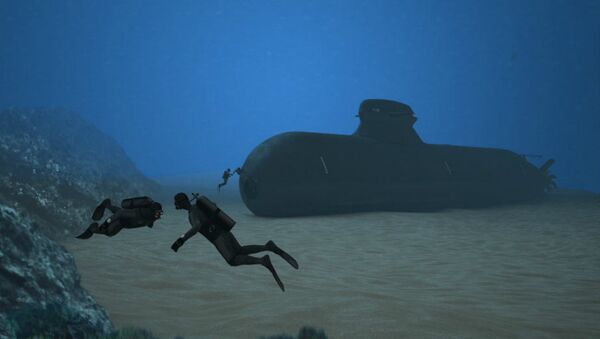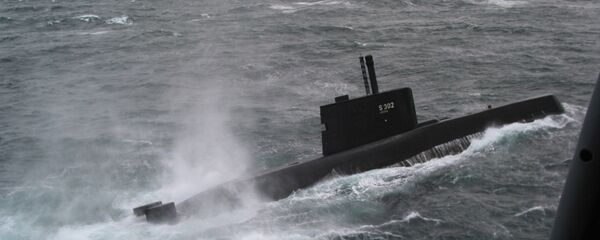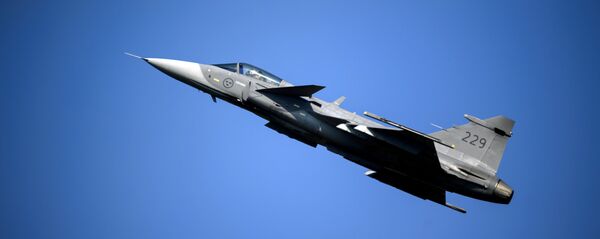However, finding a suitable partner proved more difficult than expected. The first to decline was Australia, which after short negotiations made it clear that Saab would not be involved in its submarine procurement program.
In April, Sweden's neighbor Norway offered with a surprising answer: as submarines are a key component of the country's security policy, Oslo only envisages buying subs from another NATO country. In practice, this has eliminated Saab from the race, limiting the choice to either the German manufacturer ThyssenKrupp or the French sub-maker DCNS.
Since then, Saab's hopes have mainly revolved around the Netherlands and Poland. In both cases, the Swedes started collaborating with local shipbuilders to strengthen their position. The news that Poland preferred the German navy came as a hard blow for the company. Besides setting up a joint German-Polish center for submarine control, ThyssenKrupp has been named the chief candidate supplier of future Polish submarines.
"All countries have different submarine systems and Saab's strength is that we can handle different environments and integrate our solutions everywhere. Besides, Sweden has a close relationship with Poland and we are very much in the game in the same way as before," Sebastian Carlsson told Svenska Dagbladet.
The long-suffering A26 project, has been developed since the beginning of the 1990s. With the end of the Cold War, the naval threat from the Soviet Union disappeared and the new submarine class was deemed unnecessary. After lying dormant for years, new life was sparked into the project in hopes of a Scandinavian collaboration on the navy update. However, Denmark's withdrawal left Sweden on its own. In 2014, the project was cancelled once again because of disagreement between ThyssenKrupp, which owned Sweden's submarine plants, and the Swedish government. Subsequently, all equipment was repossessed by the Swedish government, whereupon the ill-fated project went on.




